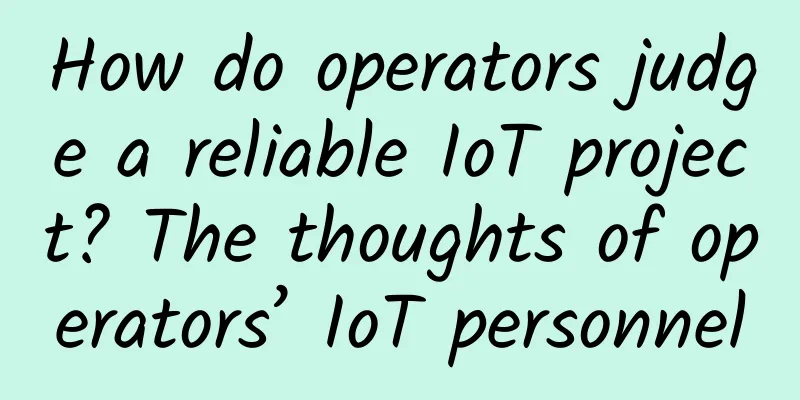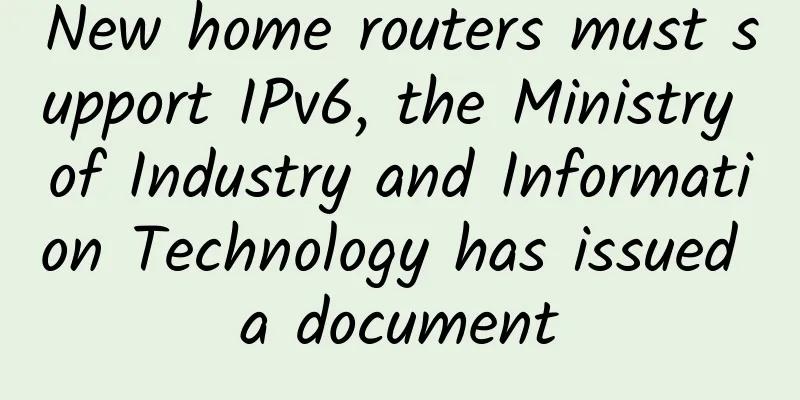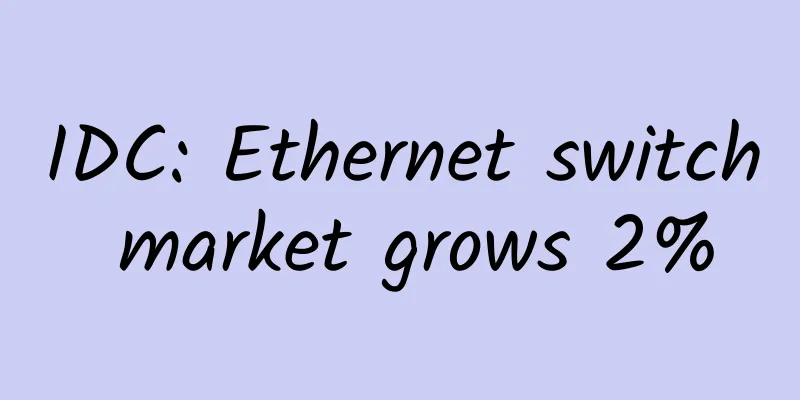How do operators judge a reliable IoT project? The thoughts of operators’ IoT personnel

|
Previous article:
The prospects for the Internet of Things project are extremely good, and selling only the Internet of Things cards has no future.
The wheel of market development is rolling forward. I have just sorted out the cases of IoT development. Looking back, the focus of operators' IoT development is still on pipeline cooperation with source production enterprises. The expansion of industry applications is far from enough. The threshold is too low. Such inertial thinking has greatly restricted the development of IoT. It is still the old saying: IoT projects have great prospects, and selling IoT cards alone has no future. Regarding the application-oriented promotion of the Internet of Things, recent thoughts are as follows: 1. Selection of cooperation industries Each operator has classified and guided the Internet of Things, with different scenarios, bizarre solutions and customer demands. We are also thinking about which industry application to use as a starting point for cooperation. Finally, we determined the three principles of industry-focused cooperation, namely: easy replication, scale, and integration. 1. Easy to copy The industries that are given priority guidance by the operator's group and provincial companies generally have relatively mature business models and have undergone a process of large-scale application, such as Internet of Vehicles, NB meters, and video surveillance. Such projects generally have clear requirements and clear docking units, which are very convenient for promotion and cooperation in local networks, such as electricity meter reading, water meter, etc. However, such units are not evenly distributed. If they are concentrated in a certain province, there will be no similar enterprises in other provinces. In addition, the customer relationship capabilities of the channel are very high. 2. Scale up Both project-based enterprises and source enterprises have a certain scale, and their scale determines the basis for integrated business cooperation. For example, customer source research and development requires services such as SAAS platforms, public (private) clouds, big data, and Internet of Things platform docking, and even drives the development of basic businesses. This category is the basis for early volume revenue development. 3. Re-fusion The Internet of Things is just a "primer" of the project, and projects based on the needs of the Internet of Things are the key to project cooperation. "Where there is the Internet of Things, there is the cloud." Our team has followed up and required cloud services in all project promotions over the past 18 years, and has promoted other businesses such as mobile phone groups, basic circuits, and smart payments according to customer needs. 2. Human Transformation According to the professional team building principle of "dedicated personnel, professionalism, and dedicated work", we position our team members as "IoT project managers", responsible for screening and selecting IoT business opportunities in the entire region, and forming an iron triangle with the channel and technical support teams to follow up on IoT ICT projects. Our mission is not only to increase the volume of IoT, but more importantly, to expand the industry in depth and empower the professionalism of channels in the entire region. 3. Next stage of development Based on the above situation, in the next stage, the IoT team is working on several industries: 1. BOT cooperation projects for TO C projects In the IoT application scenarios, many TO C projects have great development prospects, such as personal medical care, drinking water, and car networking. If such upstream manufacturers are found, the manufacturers will provide home solutions and be responsible for installation and maintenance; operators will provide pipelines, cloud resources and other resources, as well as a large number of public and customer consumption channels, and share SI cooperation with manufacturers. Previously, it relied on the cost power of operators. If there are several feasible IoT products, will the next explosion point be generated in this way? 2. Smart monitoring industry projects IoT smart monitoring is an industry with high revenue and mature products. Operators use ICT resources and cooperate with manufacturers to provide a package solution of "IoT pipeline + industrial equipment + cloud resources", promote it to industry customers, and grab high-value areas. 3. Internet of Vehicles Industry Project Many Internet of Vehicles devices, such as smart rearview mirrors, OBD, and large screens, can already locate, track, manage vehicle dispatch, and manage platforms. Their functions meet market demand and their service support is mature, making them a good choice for TO B enterprises and institutions to manage vehicles. Operators can promote this type of solution through channels, which can drive the development of a series of projects such as government and enterprise standard products and cloud and the Internet of Things. |
<<: TCP is not that difficult, right? This is a must-read
>>: Why do Tencent and Alibaba use LoRa, and operators use NB-loT?
Recommend
Enterprises are joining in one after another, rapidly expanding the 5G private network "circle of friends"
As we enter 2021, the industry is increasingly ca...
NexusBytes: US VPS monthly payment starts from 2 USD, Singapore/Japan VPS monthly payment starts from 3.2 USD, large hard disk VPS monthly payment starts from 4 USD
The tribe once shared information about NexusByte...
Huawei releases full-scenario intelligent connectivity solution
[Beijing, China, October 13, 2020] Today, the 6th...
6 top data center education and certifications IT professionals need
Nowadays, many IT professionals are committed to ...
Yu Xin: What does ofo want to do?
[51CTO.com original article] The 16th China Inter...
The 6th generation of Wi-Fi technology is here! Speed upgrade
While we are still struggling to decide whether t...
CloudCone: $17.77/year KVM-512MB/100GB/3TB/Los Angeles MC Data Center
CloudCone's large hard disk VPS host is back ...
How to Cut an Oxen - Illustrated MySQL 8.0 Optimizer Query Parsing
[[423739]] 1. Background and Architecture We all ...
The most worth buying mobile phone in the world, British media: Huawei P20 Pro!
Recently, Stuff, a well-known British technology ...
DediPath Storage Server Promotion: Los Angeles 8TB hard drive 1Gbps unlimited traffic dedicated server $65/month
DediPath launched a storage server promotion this...
Witnessing the first step of 5G network construction: antenna and feeder integration
The coexistence of multiple standards and frequen...
Understand HTTP and HTTPS protocols in ten minutes?
[[276795]] 1. What is a protocol? A network proto...
Report: By 2027, the 5G chip market will be worth $23.5 billion
According to foreign media reports, according to ...
5G+4K: This is how you can spend Valentine's Day this year
A sudden epidemic has plunged the whole country i...
Huawei obtains the world's first PUE test certificate for micro-module products
The 4th Data Center Infrastructure Summit was suc...




![[Black Friday] Launchvps 40% off, 1G memory KVM monthly payment starts from $2.57](/upload/images/67cac47960bd4.webp)




